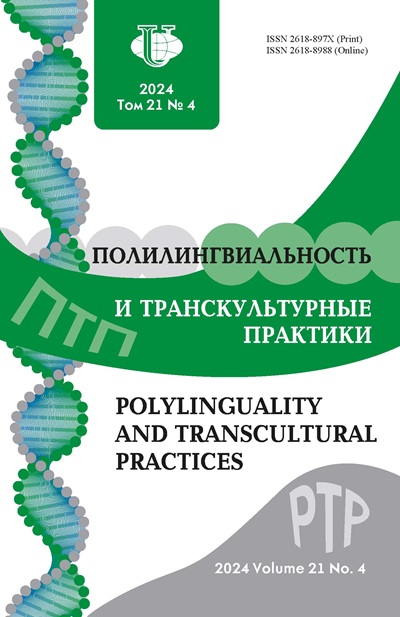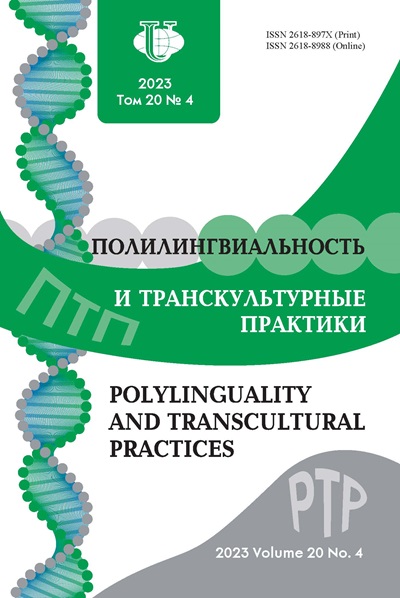Abstract
The purpose of the study is to analyze the morphological features of the Russian speech of two generations of Russian-German bilinguals living in Germany and Russian monolinguals living in Russia. The relevance of this study is due to the need to study the state of the Russian language abroad, its preservation and development. Four groups of informants took part in the study: 22 bilingual adults, 26 their children, 19 monolingual adults, 23 their children. The age of the parents is 35-50 years, the age of the children is 10-15 years. The material of the study was transcripts of audio recordings of oral stories based on pictures from the book by M. Mayer “Frog: where are you?”. Research methods are directed sampling, descriptive, systematization, statistical and comparative. Deviations from morphological norms were grouped into two structural types: 1) deviations from the norms of constructing word forms; 2) deviations from the norms of the choice of word forms. The study determined the average number of deviations from morphological norms in the stories of four groups of informants. It was found that in families seeking to preserve the Russian language in conditions of emigration, the morphological system remains relatively stable. At the same time, the average proportion of deviations from morphological norms in the speech of bilinguals is higher than in the speech of monolinguals, and in the speech of children is higher than in the speech of their parents. The average values of the number of typical deviations from the norms in each of the groups were determined. The heterogeneity of the number of deviations from the norms in individual representatives of each of the groups of informants was revealed. It is established that in some families the literary language is preserved, and the influence of the German language is not revealed, in others the vernacular is the means of communication, and some deviations from morphological norms may be caused by interlanguage interference. It should be noted that the greatest difficulty for all native speakers of the Russian language is the norms of the use of case forms and prepositional-case.















